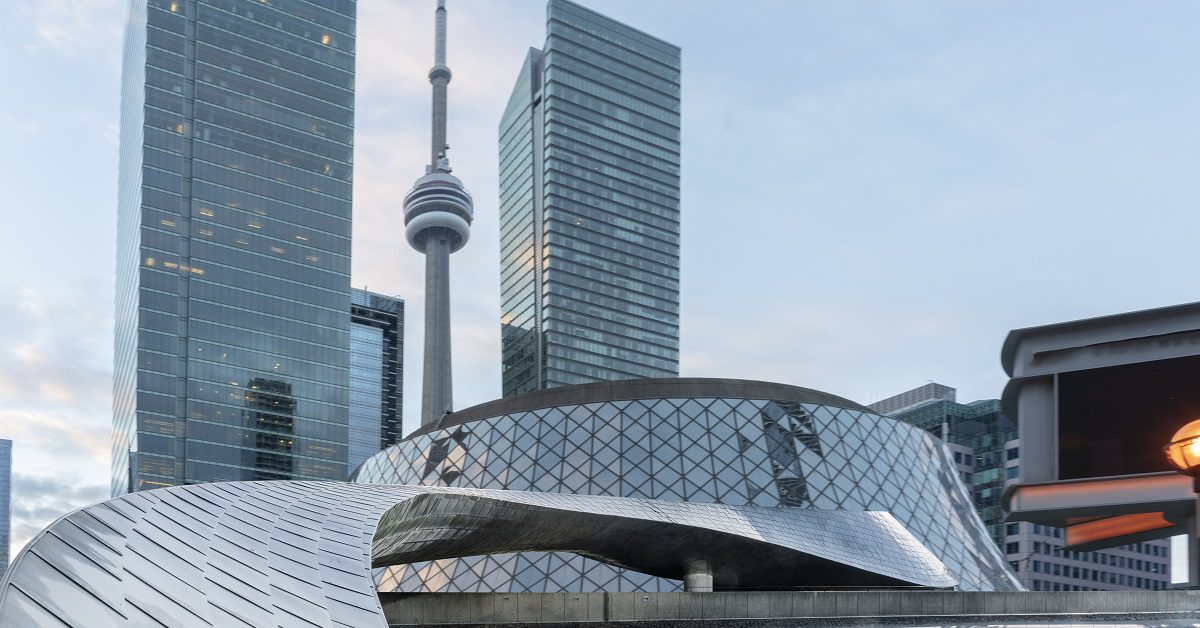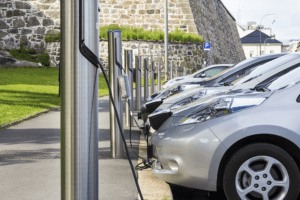As the discussion at last fall’s COP 26 reminded us, reducing CO2 and greenhouse gases are global priorities to minimize the growing impacts of climate change.
The International Energy Agency has stated that buildings and construction are responsible for nearly 15% of global CO2 emissions annually. In Canada, where our climate requires significant energy loads for seasonal heating and cooling, Natural Resources Canada estimates that the energy consumption of residential, commercial, and institutional buildings accounts for 17% of the country’s total CO2 emissions.
To achieve our national and global goals of net zero, we need to reduce the impact buildings have on the environment. The way to do that is to build new structures and retrofit existing ones to a net zero standard.

What is net zero?
In short, a net zero building is one that produces at least as much energy as it consumes. This is achieved by a combination of constructing a sealed building envelope, using high-efficiency HVAC systems, lighting, and operational equipment, and connecting the structure to a green energy system, typically photovoltaic solar panels.
Not only is net zero good for the environment, the long-term energy savings of a net zero building will eventually offset the additional upfront costs of building to those standards. In fact, as net zero becomes increasingly adopted – and mandated by building codes and other regulations – the additional costs over traditional construction methods shrink.
It’s good for the economy. It’s good for the environment. It’s a win-win.
Schneider Electric, for one, has committed to tiered climate targets for all of its facilities. Even national parks, such as Banff, are joining the movement. Here’s how you can make your facilities net zero.
Building materials and design
Achieving net zero starts with making the building as energy efficient as possible. For new buildings, that can start pre-construction with the use of prefabrication and virtual design to reduce the embodied carbon footprint.
Insulation and an airtight building envelope are another key area of focus. But exceeding building code requirements for insulation levels and airtightness are wasted if someone leaves a door propped open. This is where monitors and controls come into play. Measuring airflow can help determine if an air duct layout is excessive and its usage reduced, thereby reducing your overall energy consumption.
Energy from air and water heating that used to get wasted, can now be recovered through heat recovery ventilators and to pre-treat air and water reducing energy costs.
Lighting can also have a huge impact on a building’s electricity consumption. With new lighting technology it can reduce the energy usage by up to 90% (compared to traditional incandescent bulbs). Using other energy efficient appliances and operational equipment further reduces the energy load. Data analysis can help identify areas to be addressed.
Microgrids and green energy
An essential component of achieving net zero is having onsite energy production and storage. This is usually achieved using photovoltaic solar panels and storage batteries, but wind power, geothermal energy, and microgrids can also be part of the solution.
An added benefit of adding these components to a facility is that they help buffer against spikes in energy prices and avoid costly shutdowns caused by blackouts from ageing municipal infrastructure. And, where applicable, any excess energy generated can be sold to the public network through net metering.
The cloud-based EcoStruxure Microgrid Advisor (EMA) platform helps operations manage all aspects of their facilities remotely. The turn-key EMA system provides continuous energy monitoring of system performance, forecasts energy production and consumption for facilities with onsite microgrids and green energy solutions, and manages consumption during peak periods.
Net zero buildings have great potential but will require innovation, new products and software, and ingenuity from all involved. From the systems architects down to the installers in the field everyone needs to be working together to deliver a green future.


